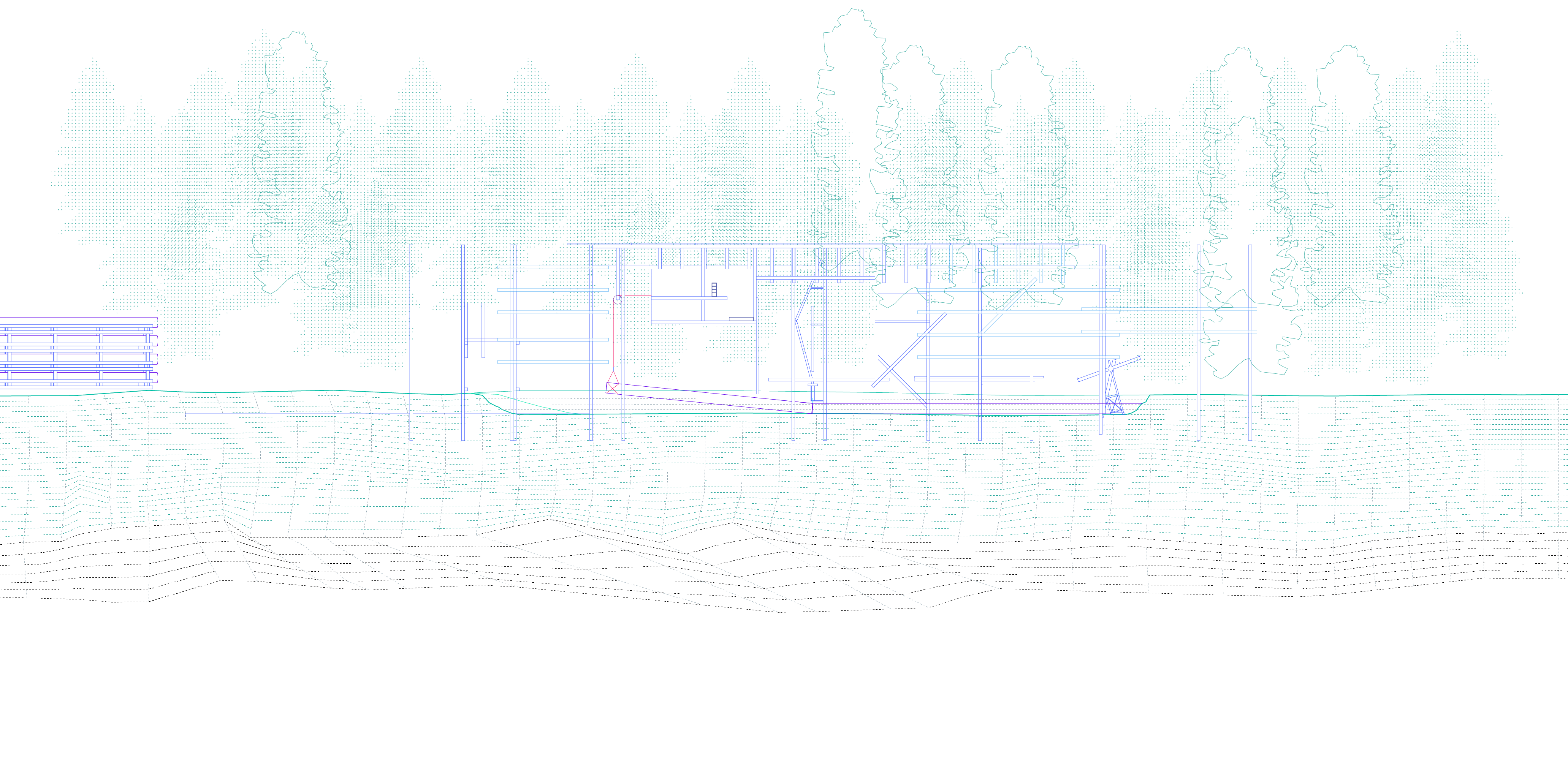
This thesis uses speculative fiction to tell several truths of the present. We are caught in irreversible histories of disturbances to and with our environment. We have actively sought to suppress coexistence, enabling unexpected natural mechanisms of destruction to proliferate. We have enlisted machines to disentangle ourselves and other organisms into alienated resources, thus manufacturing the destruction of the environment that we are fundamentally codependent on. Many of us have adopted cynical world views that we are doomed with no chance of returning to any previous states of coexistence. There may be no return, but the moment now more than ever calls for us to believe and participate in the creation of a new set of disturbances, one for a future of collaborative resurgence.
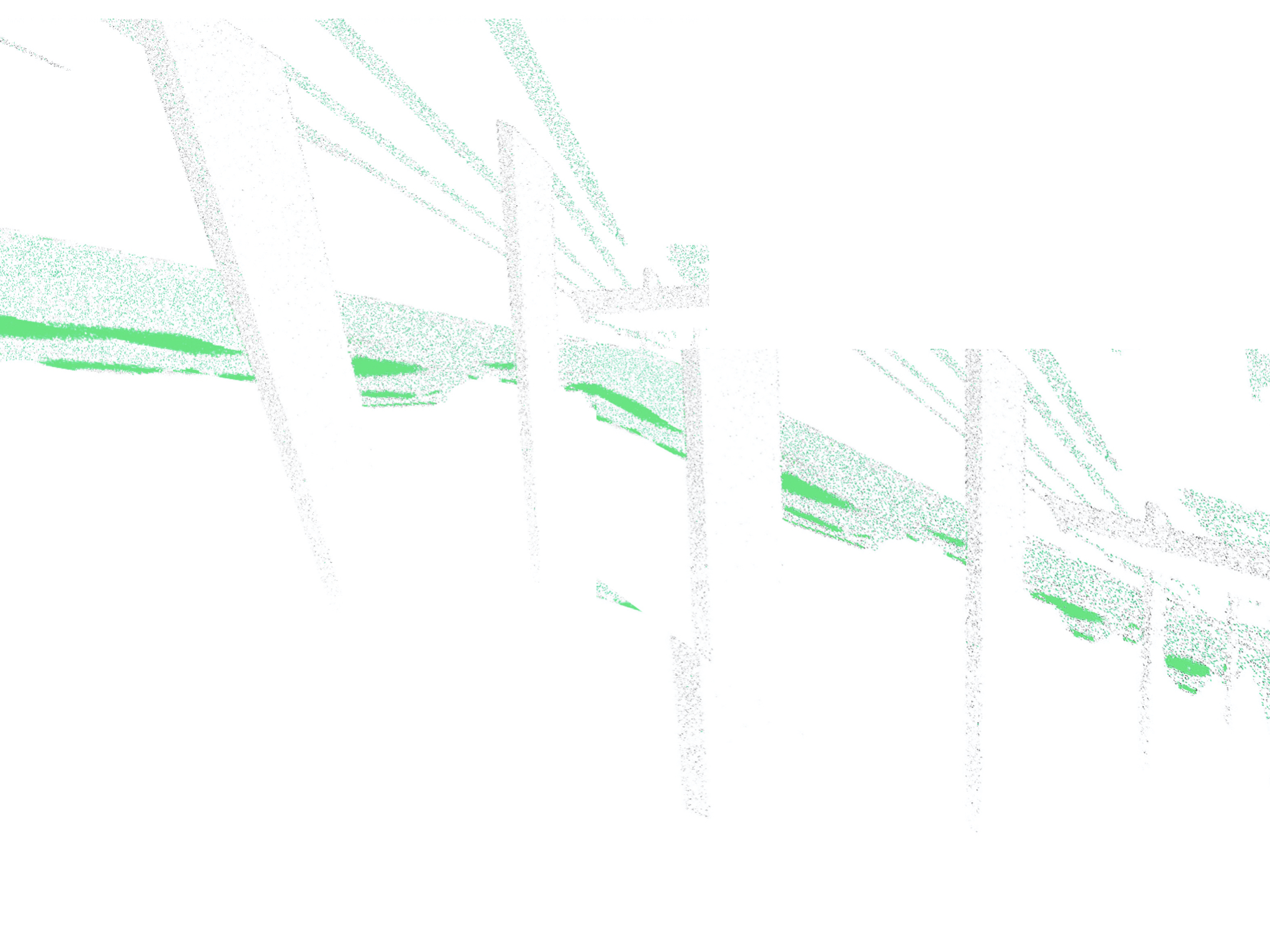
Mycelium is the hidden network which mushrooms emerge from. Trees are thick with them, yet mycelium remain largely invisible to our eyes. Mycelia is not one single entity, but refers to a collection of strands making up the building blocks of what we see and identify as fungi. They occupy spaces between the dead and living, consuming matter yet creating worlds for others. Fungi, over years, break down the most impermeable of structures, offering life-giving chemicals to other agents of life. Rock formations become soil, barren land regenerate into forests.




1. Migration
In year 2080, Vancouver is the last of the coastal cities to flood. Hysteria had broken out as masses of people migrate into the Canadian Rockies. Investors hastily abandon property and pour money into Banff (formally Banff National Park), now privatized under an emergency order to safeguard the housing market and the economy.

A Vancouver yatch airlifted into Lake Louise, Banff Canada
Families drive their remaining belongings miles east, following rumours of stability deep into the now privatized mountains. They set up camp along the Trans-Canada highway hoping that the transition will pass.


Temporary settlements (dome tents, canopy tents) along the Trans-Canada Highway
As with any stage of the climate crisis, disaster fails to be cathartic. The residents remaining behind ride through a torturous long period of vague and uncertain despair.

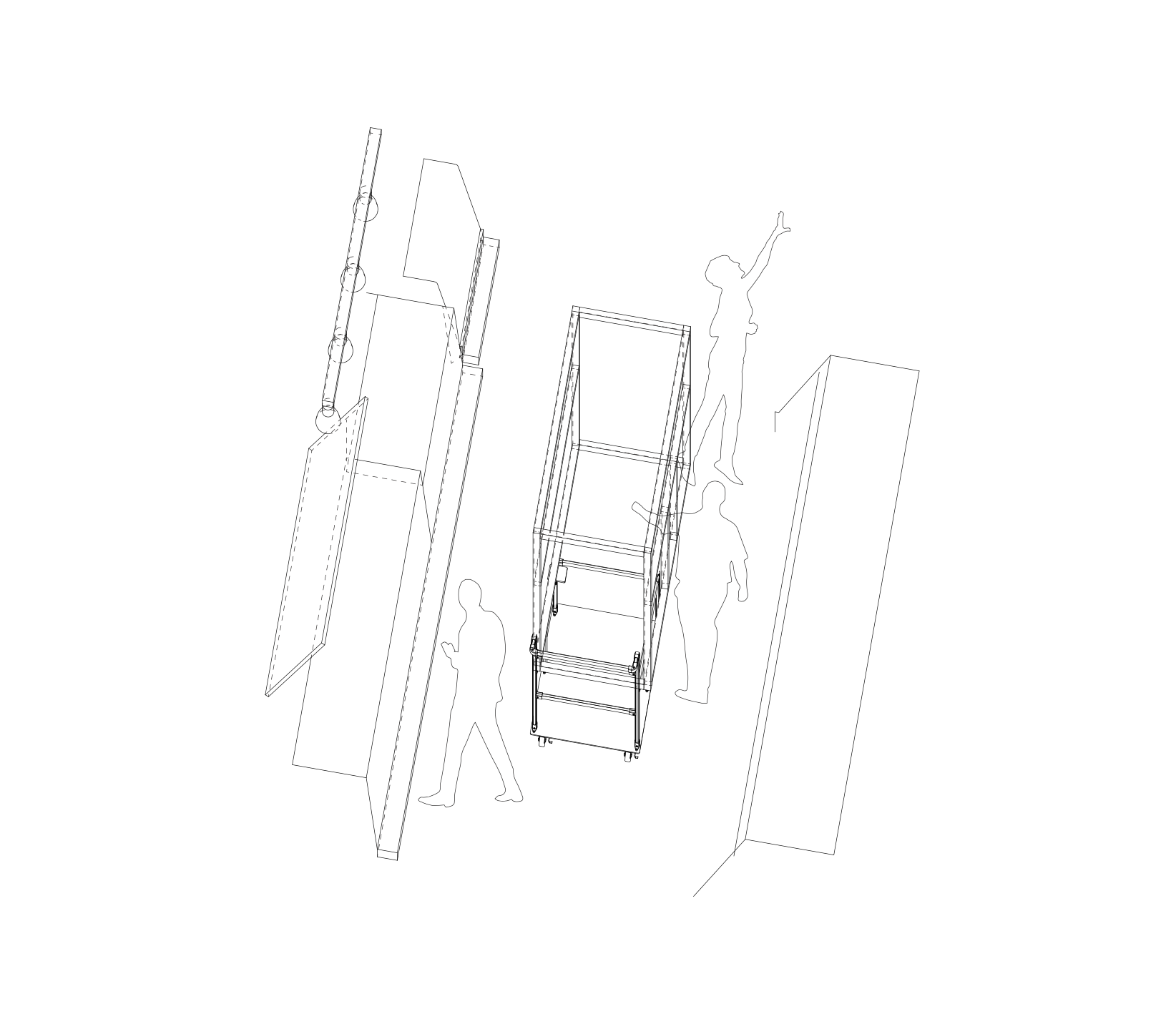
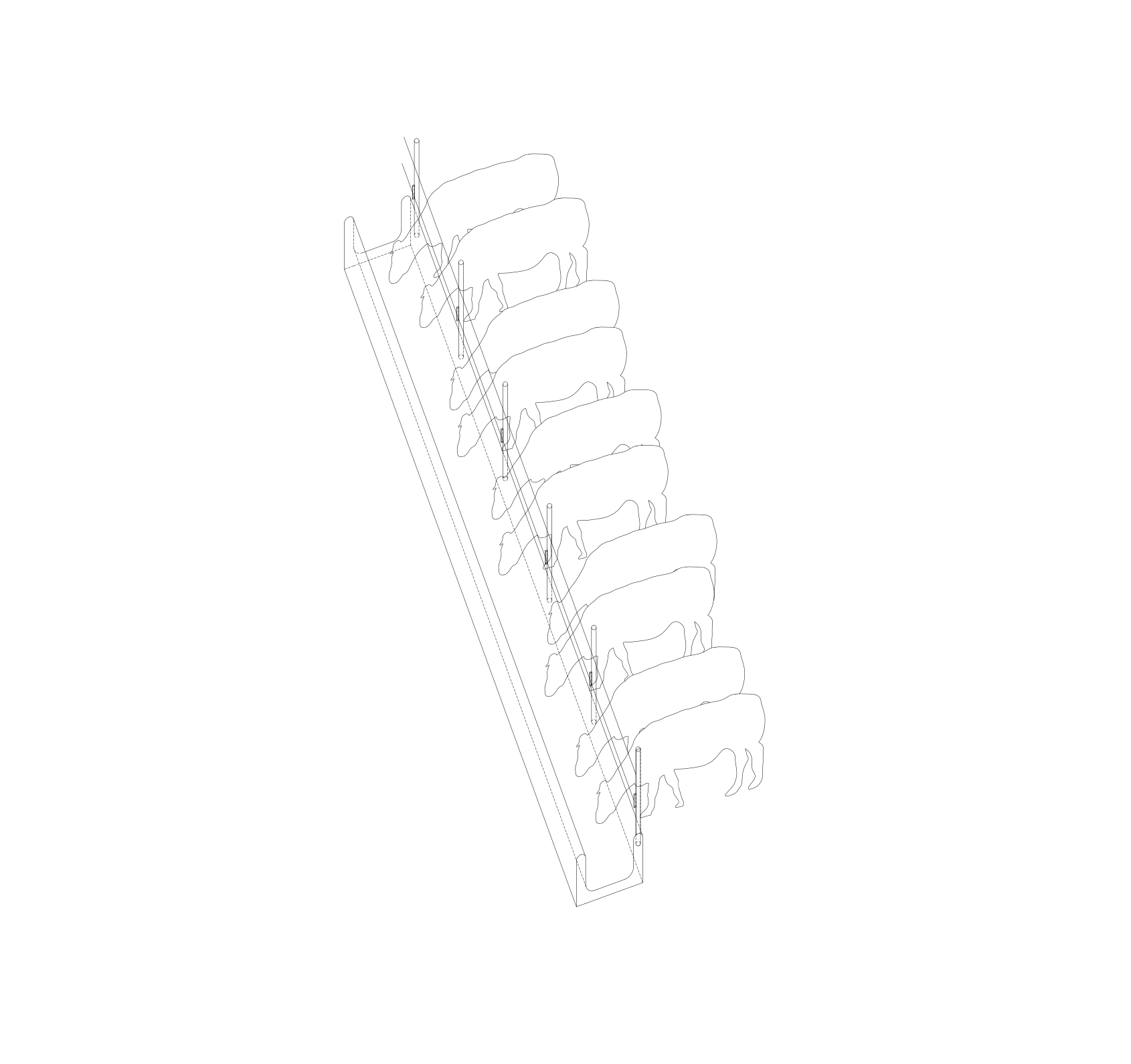
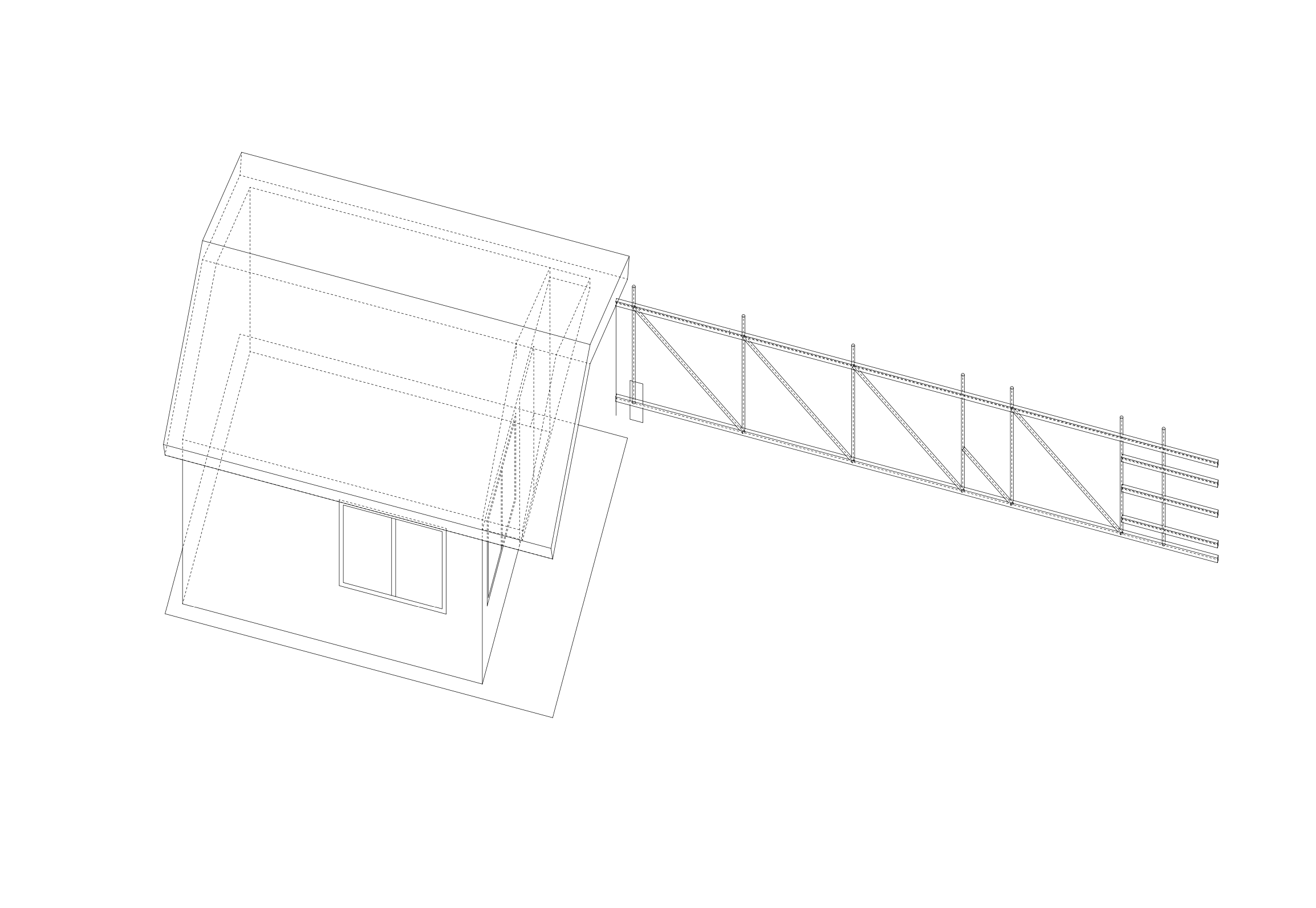

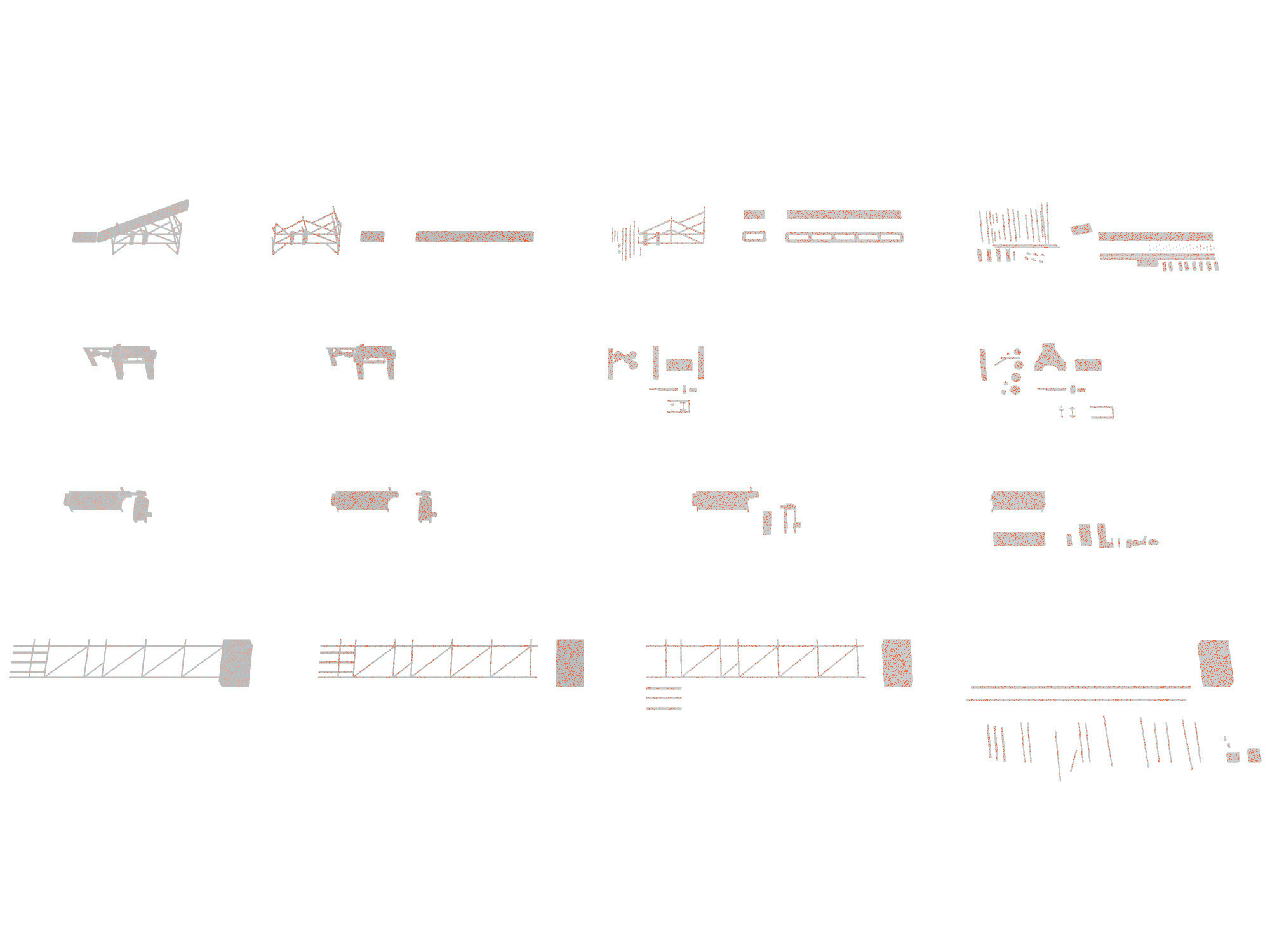
Usefulness decomissioned: machines reduced to elemental parts
Machines brought us here today, and we have no way of abandoning them. We are bound to mechanisms that enabled mass destruction, flooding, migration, bloodshed, exploitation of labour, creation of wastelands, innovation, discovery, advancement. For better or worse, machines have empowered countless steps we took towards notions of progress. Mechanization defines our humanity.
-----
Below, records of the remaining residents and the structures they create as they make peace with earth – and themselves.
2. Dismantling
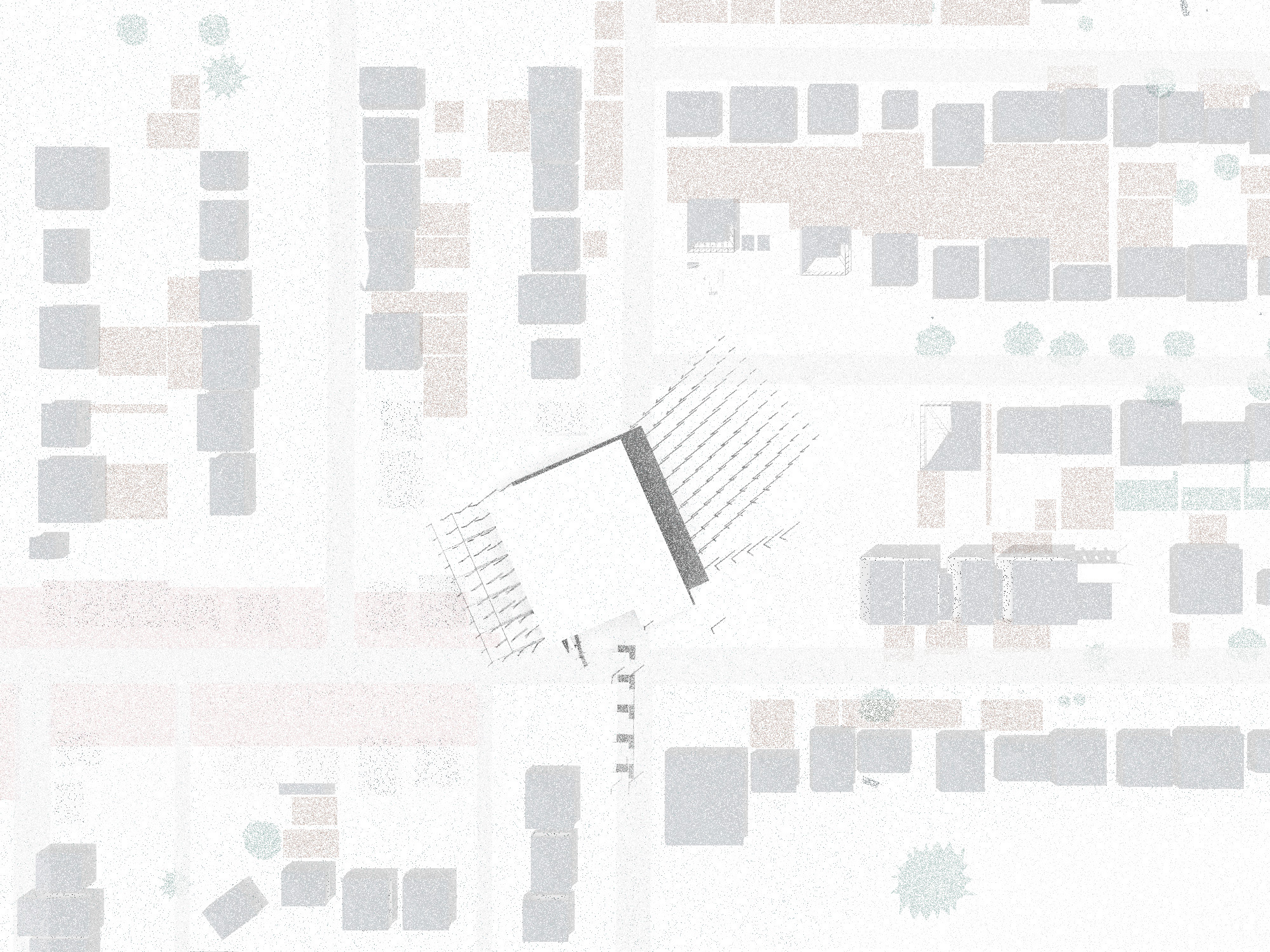
As the city empties of people, the residents devote their time to collective survival and begin mending a community. The Machine of Dismantling is the first of their many creations: It advances through a vacant suburban neighbourhood, rebuilding and reconfiguring itself with every step it takes.
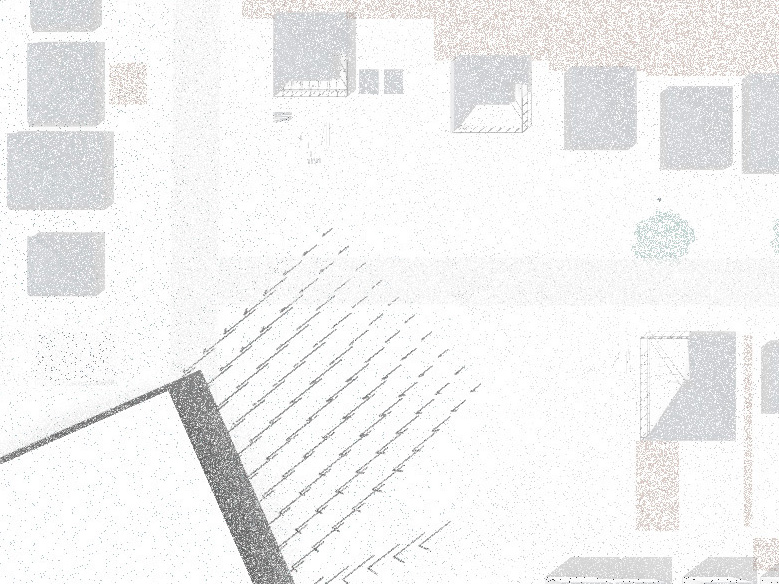
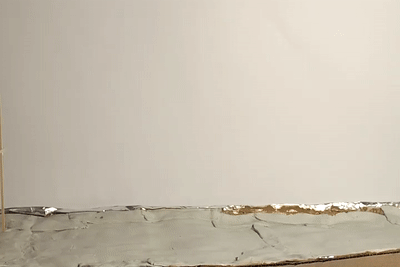



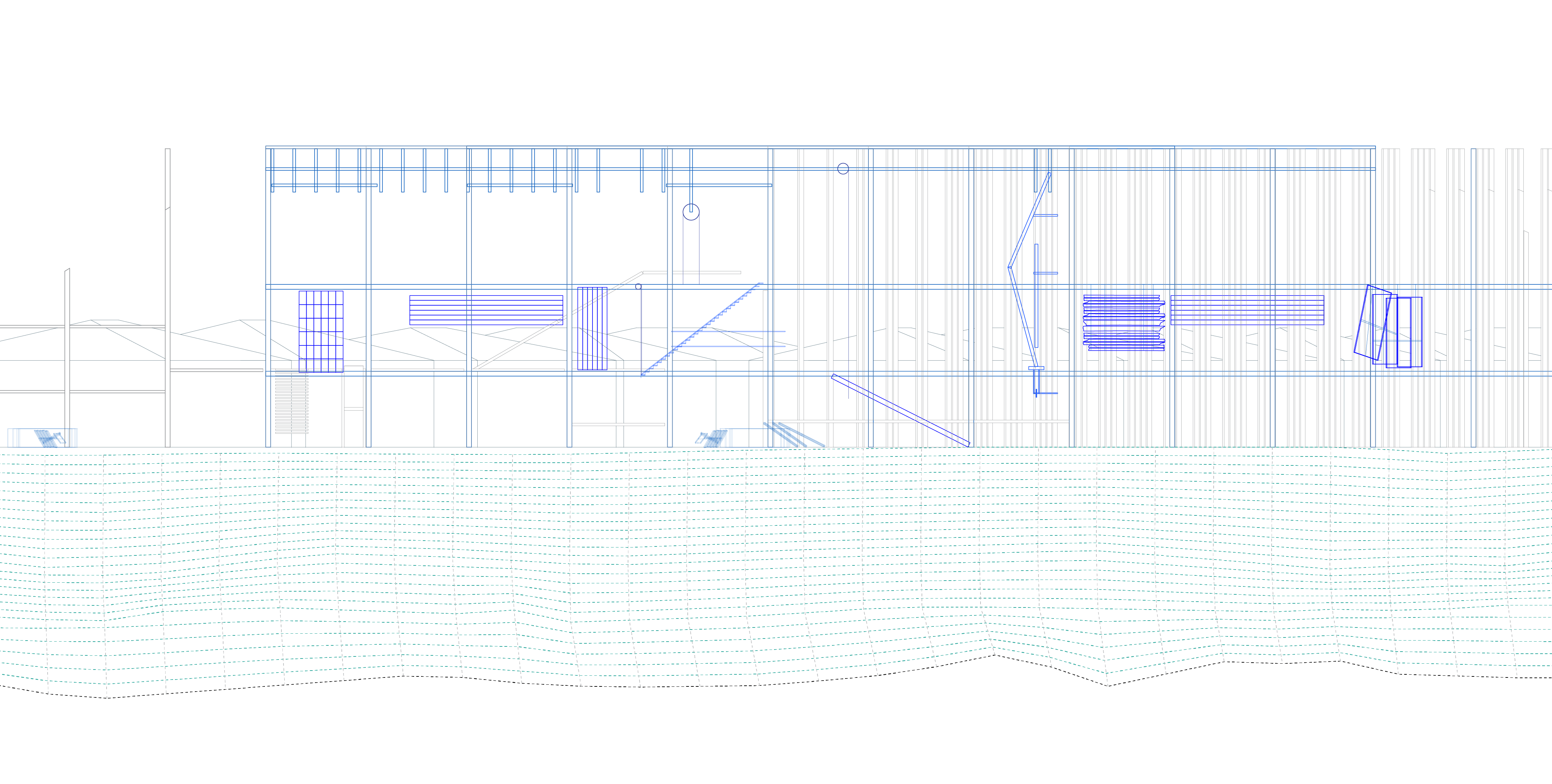

Re-excavation

The machine of re-excavation travels down the highway, unearthing and severing the Transmountain crude oil pipeline as it builds and unbuilds itself down the highway. Seasonal floods have rendered the Kinder Morgan coastal terminal all but unserviceable. Despite the shutting down of services, leakages still threaten emerging interspecies activities.

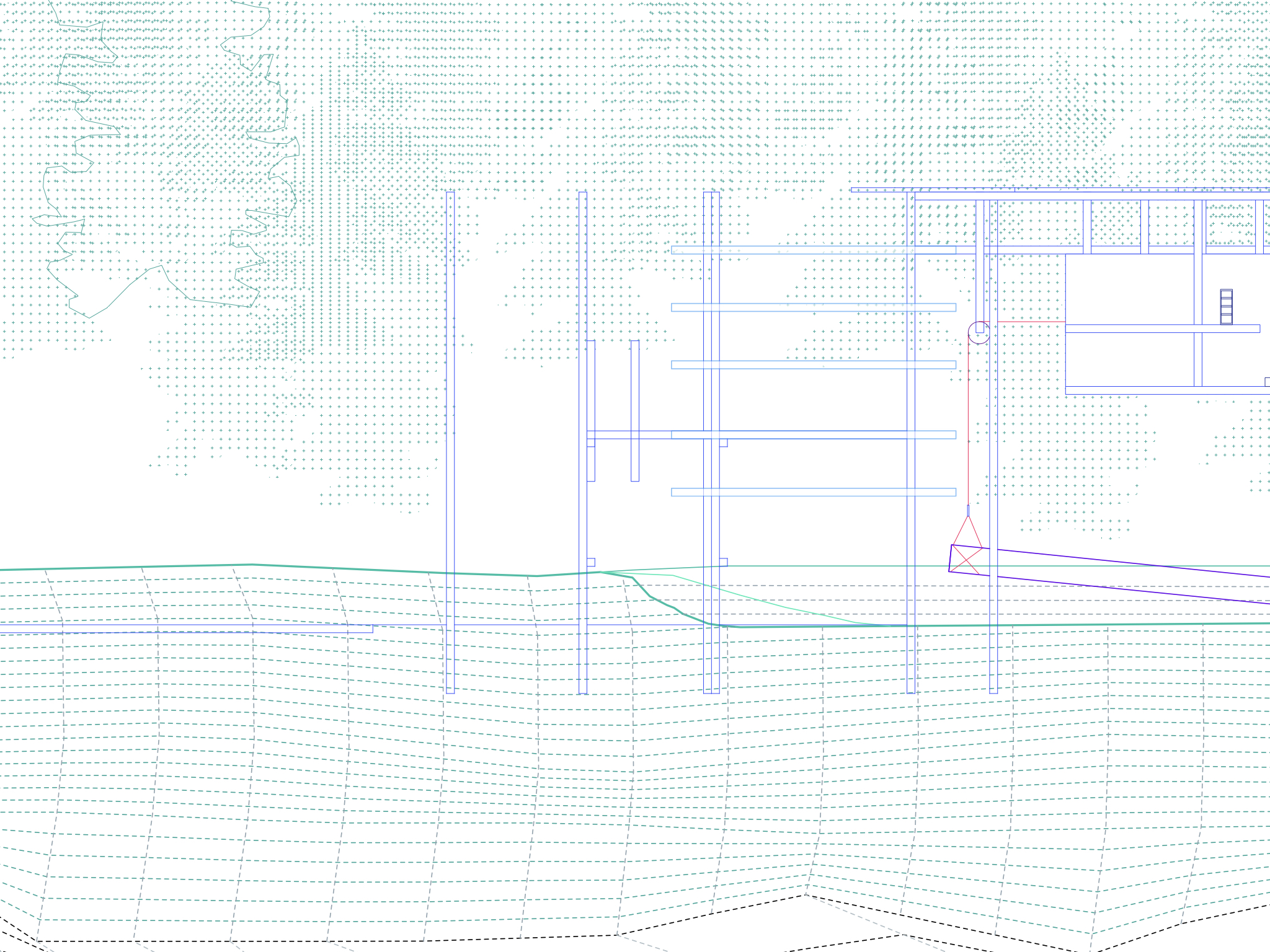
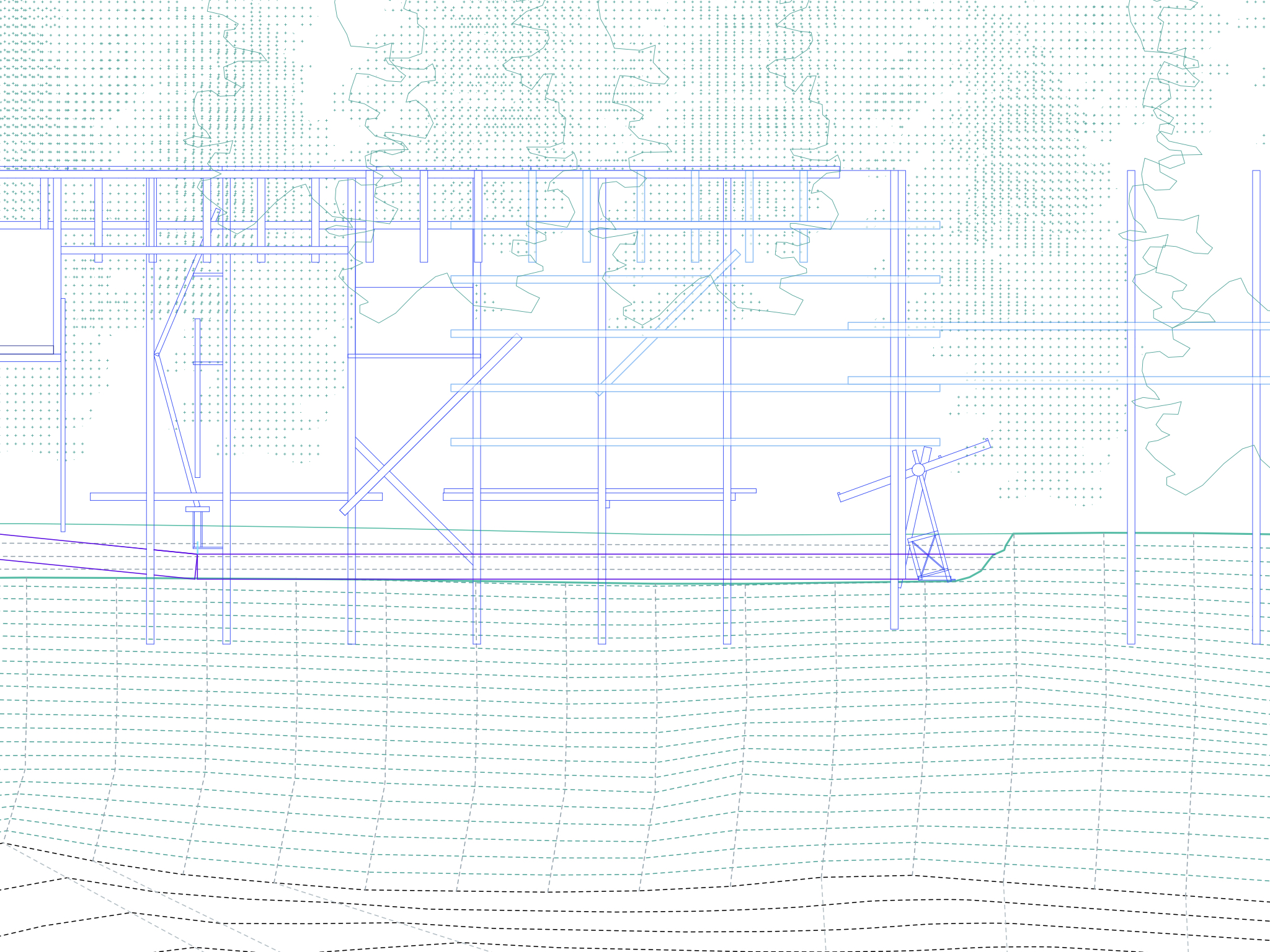
3. Caretakers of the Beasts
Machines empowered countless steps we took towards our notions of progress, and simultaneously enabled our destruction. Now, the residents confront the inseparable beasts that constructed their world.

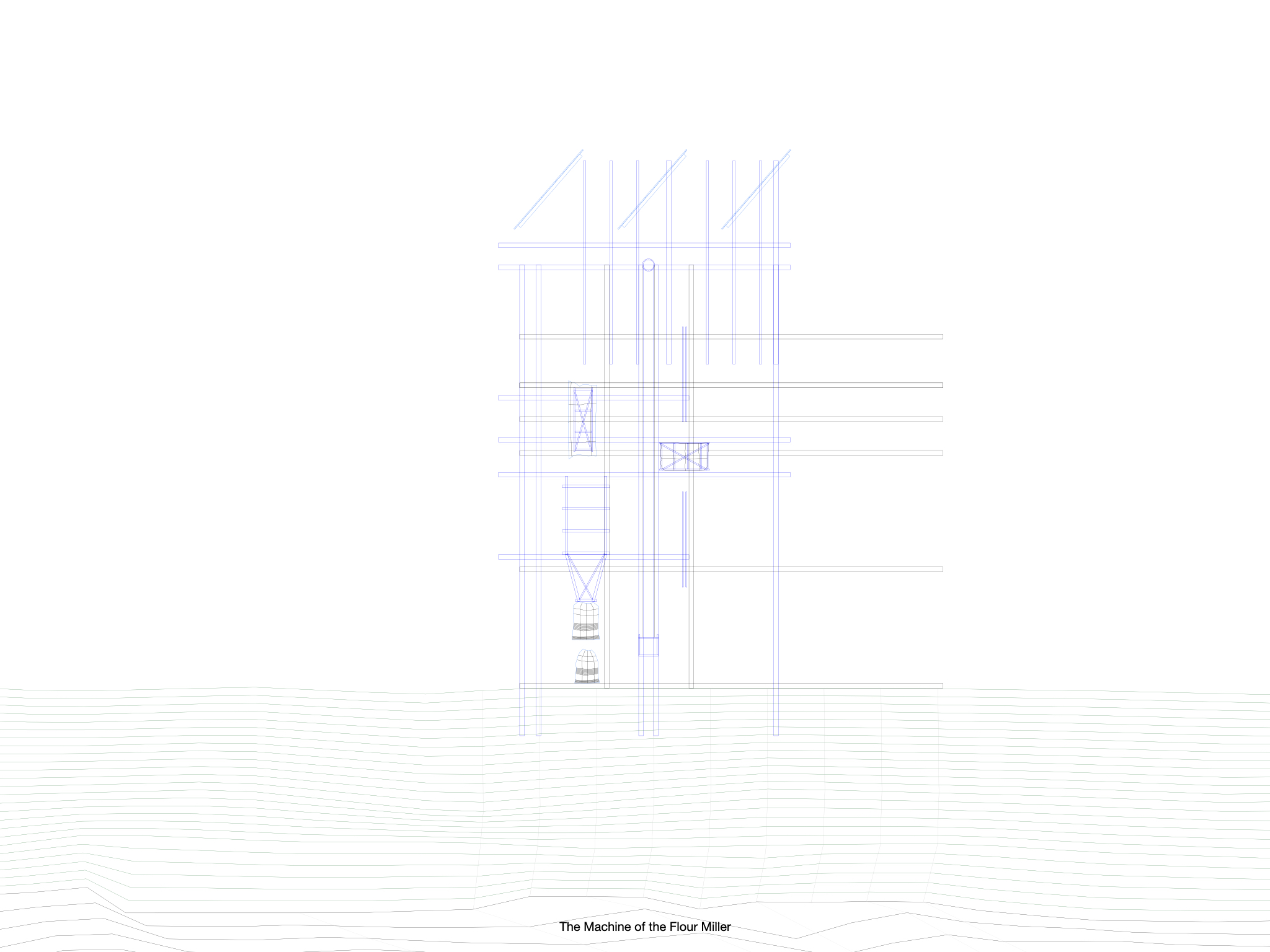
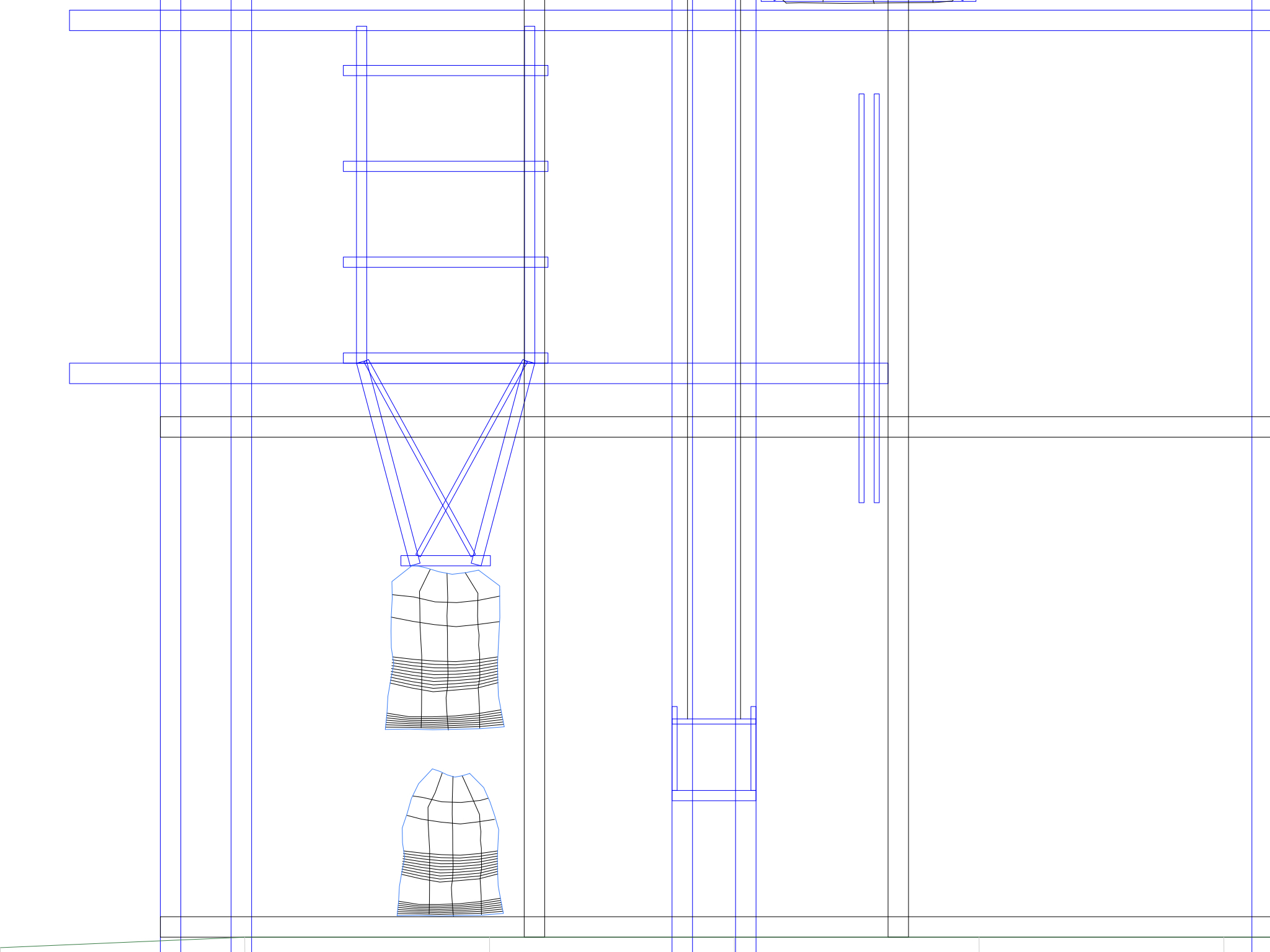
The residents no longer know or crave the taste of refined flour. The Machine of the Flour Miller wastes no part of the grain, greatly simplifying its structure, assembly and seasonal and annual disassembly.
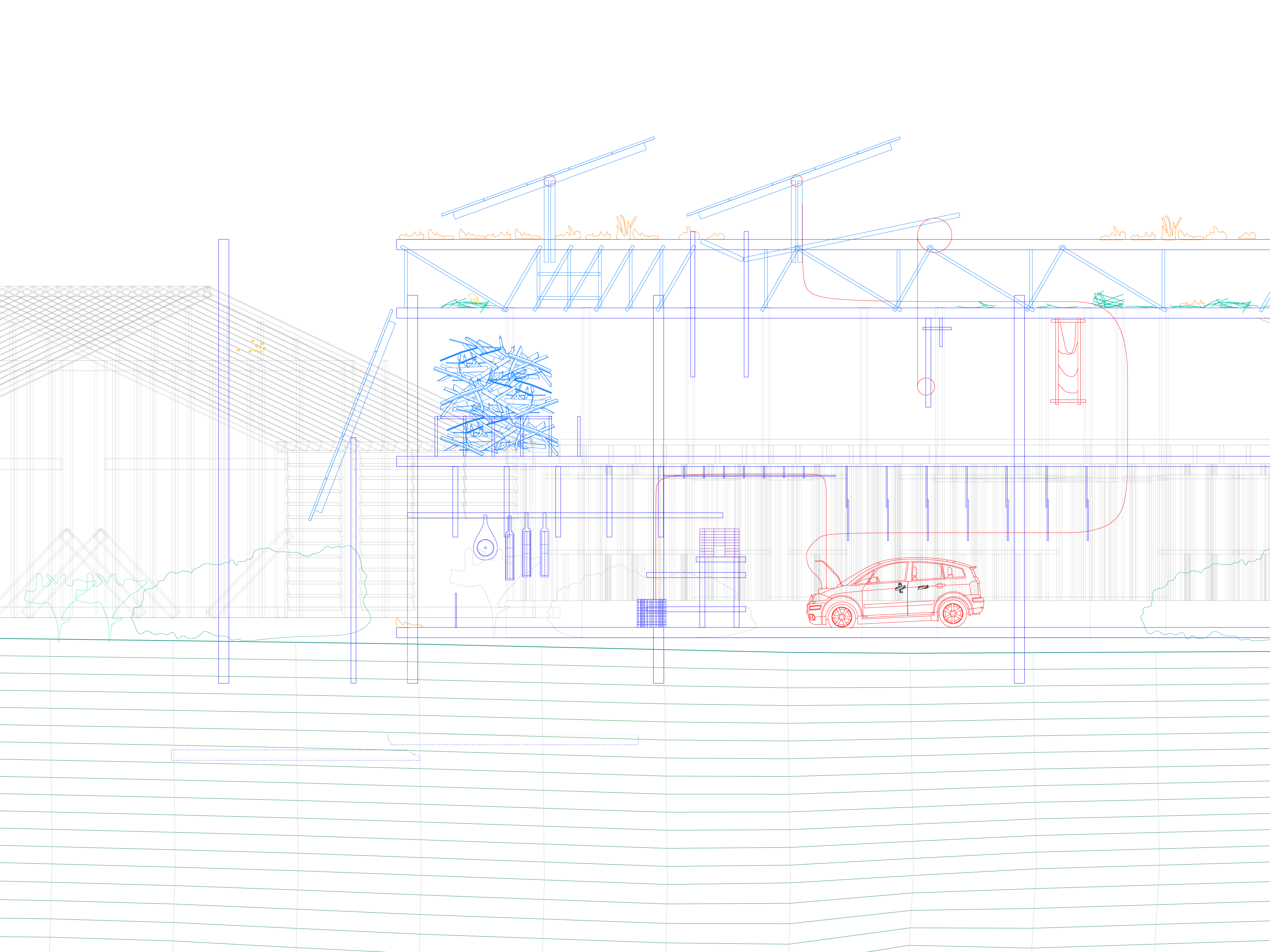
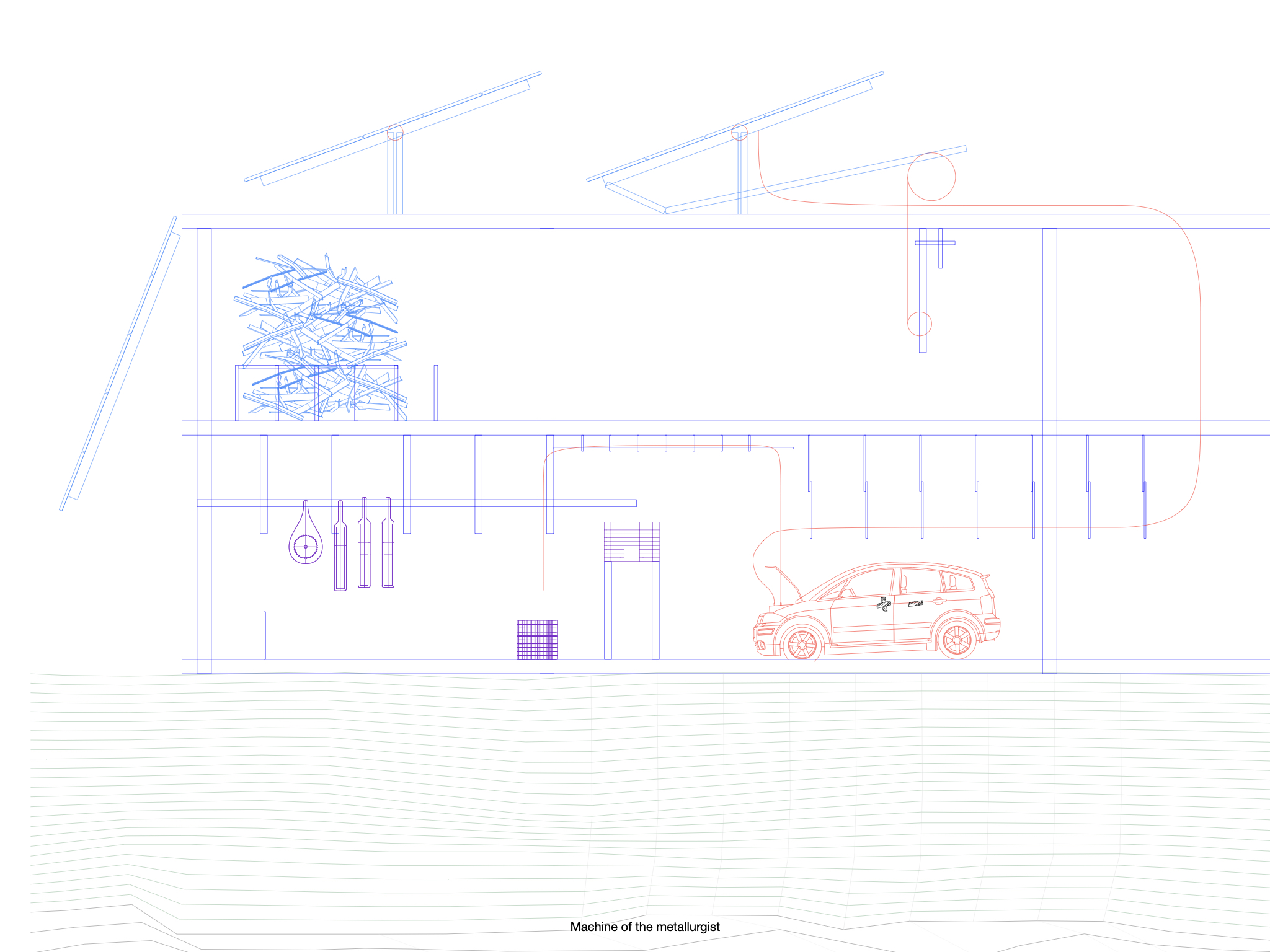
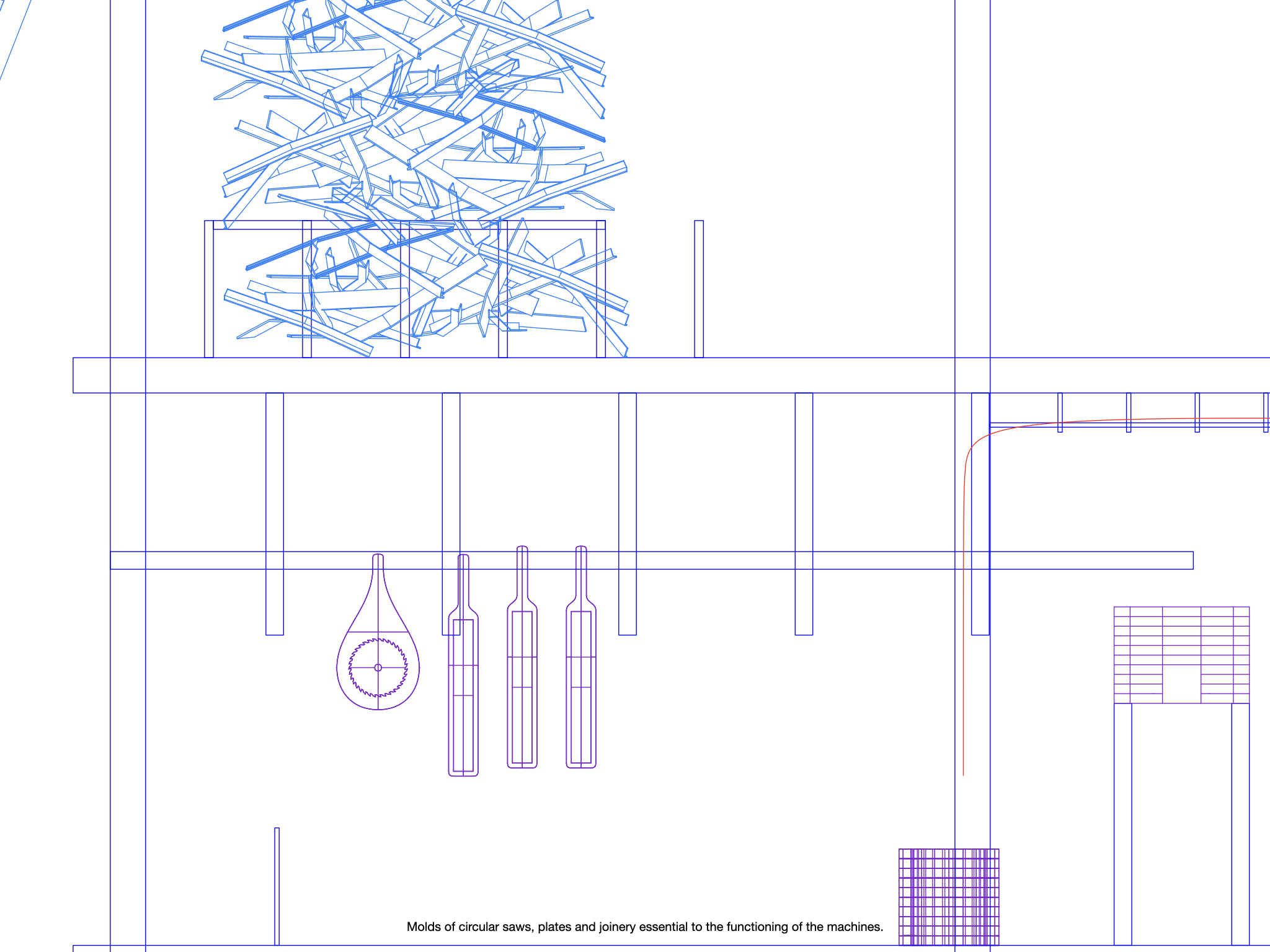
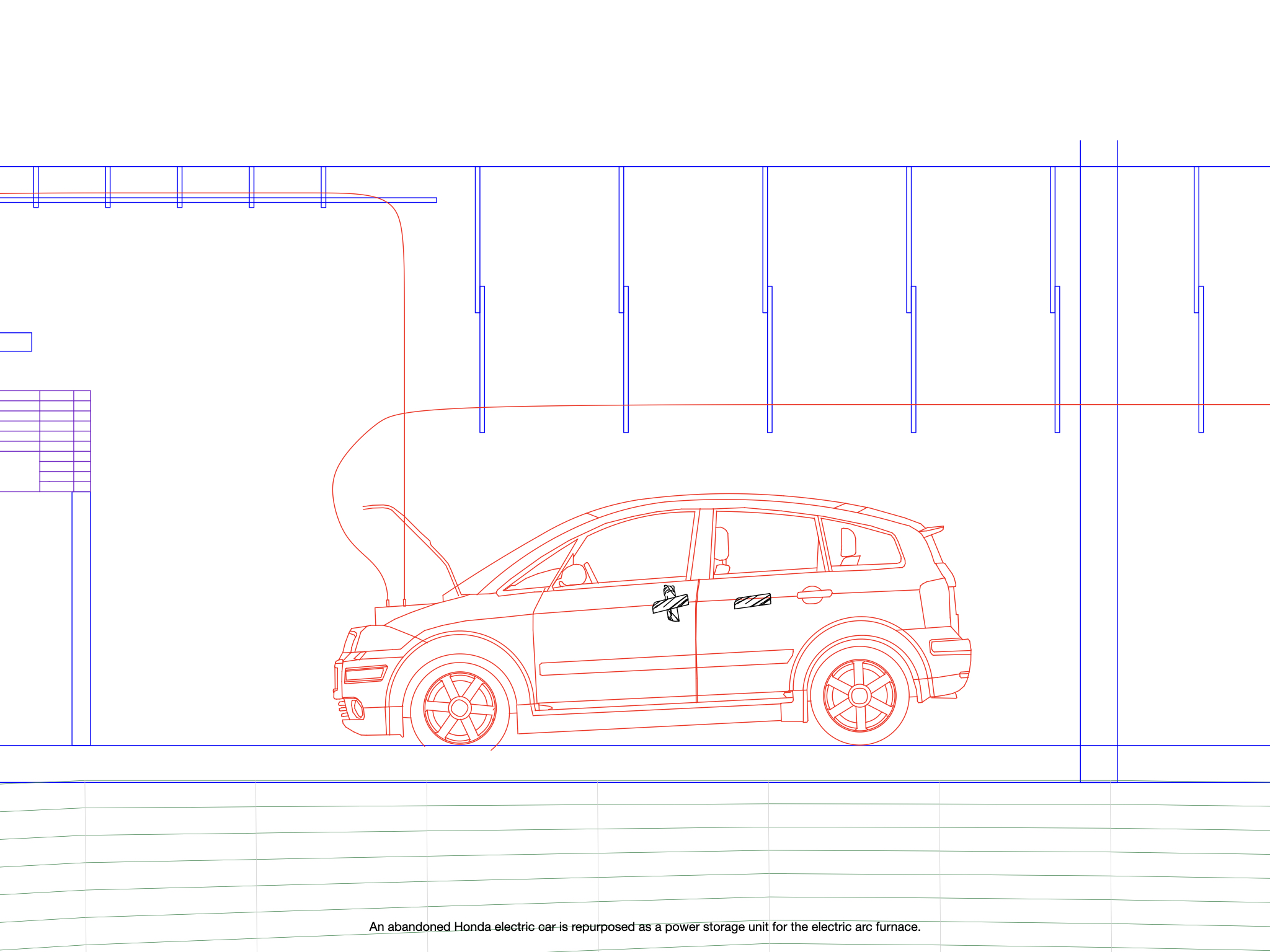

A pile of salvaged metal sits in the upper floor of the Machine of the Metallurgist. Steel, forged in western China, further alienated on a journey of long distance shipping, find its way into a salvage-bin at the Machine of the Metallurgist. The specialist begin a long process of reconciliation by recirculating this metal indefinitely.
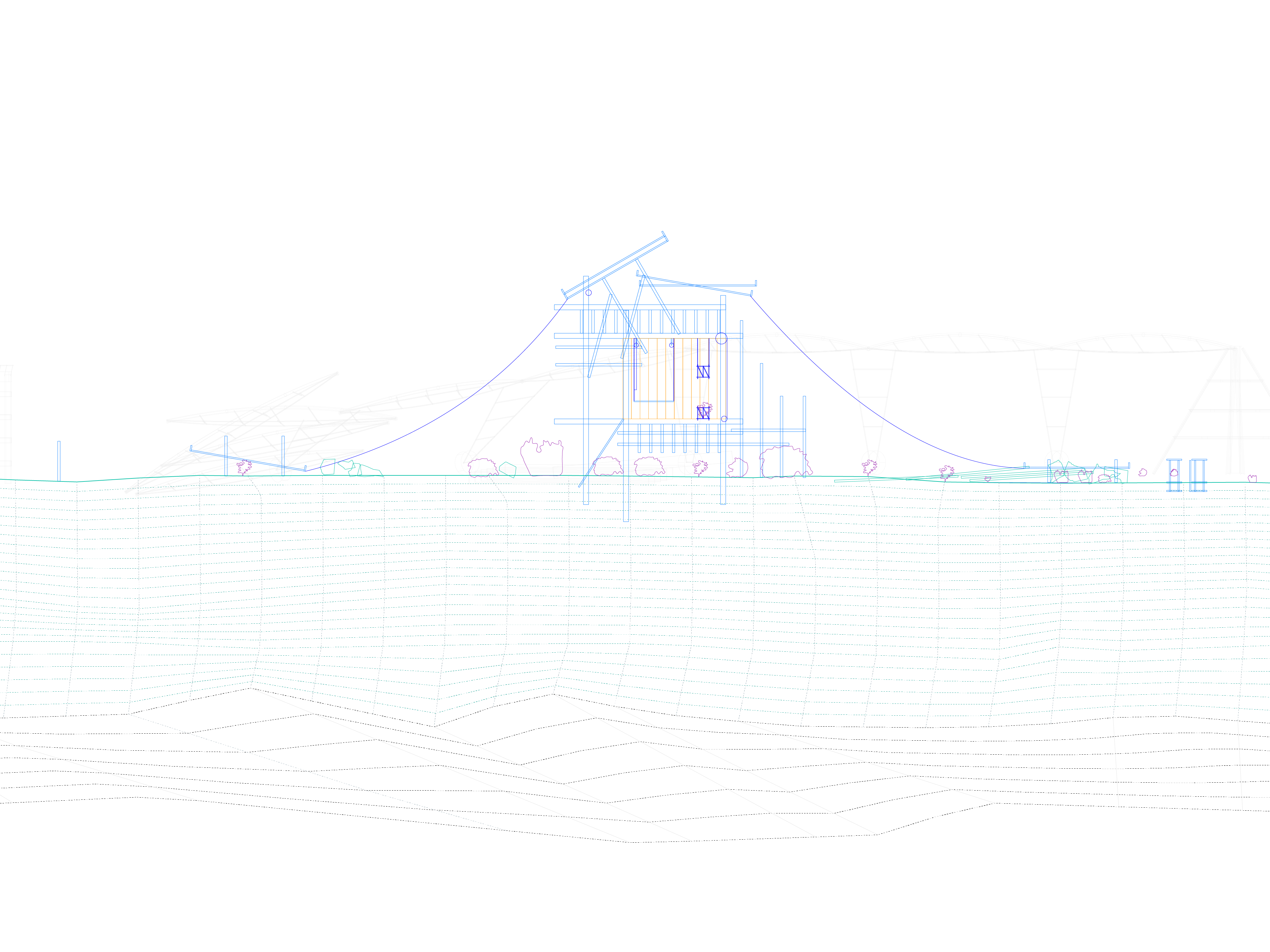
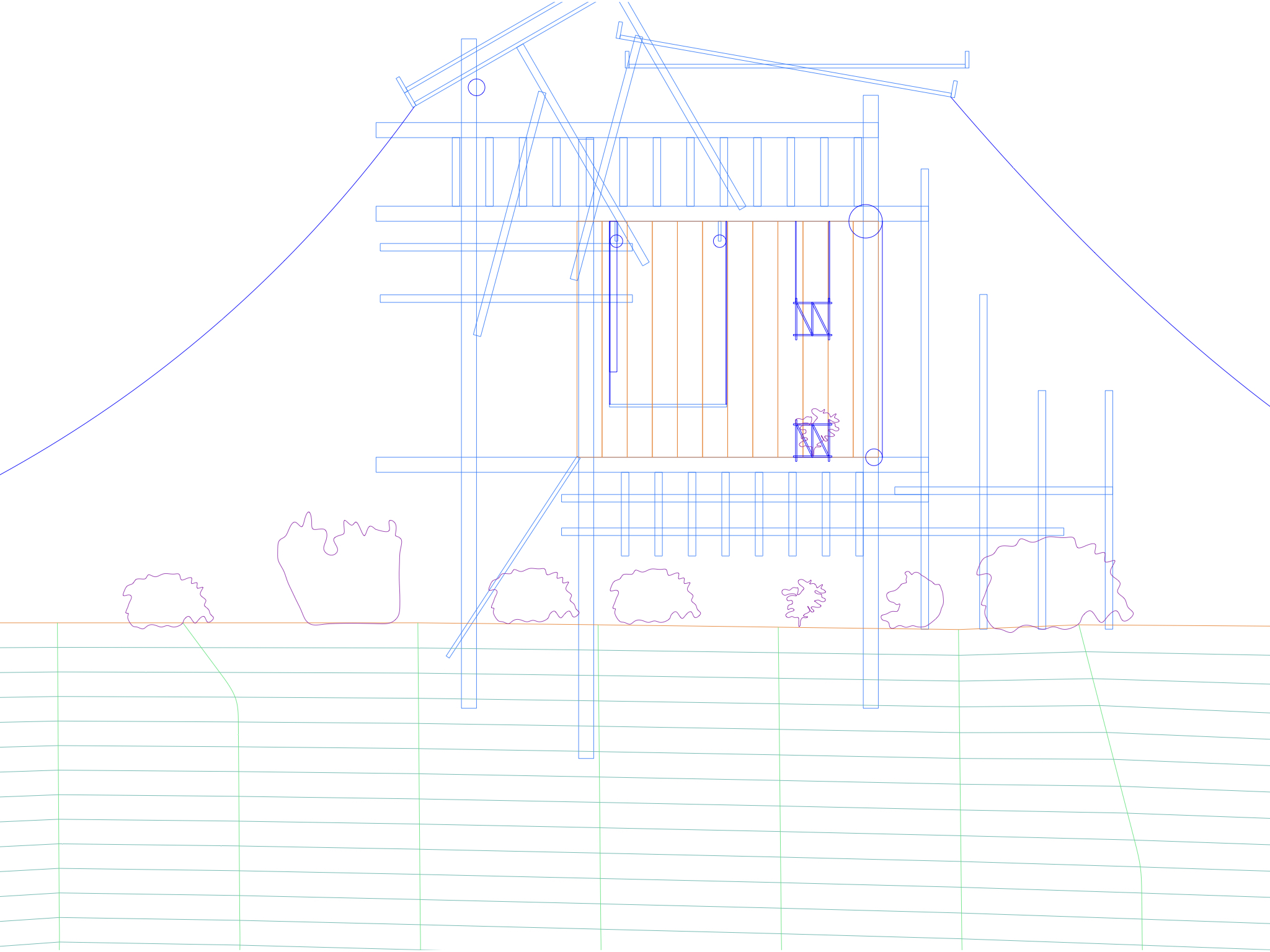

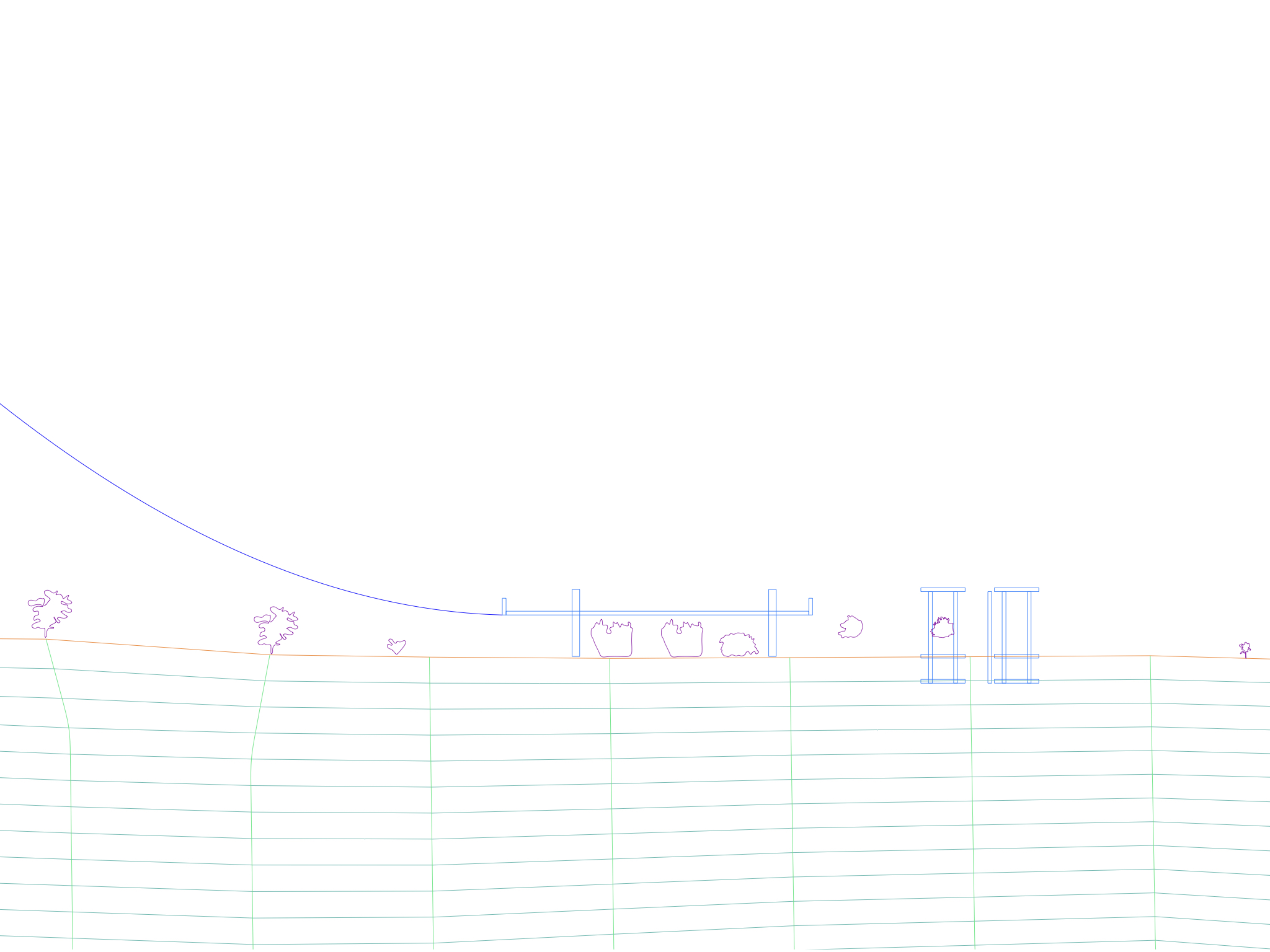
The machine of the Botanist visits the barren monoculture farming landscape, where pathogens and disease have proliferated and wiped out common farming crops, searching for signs of unexpected life. Its goal: support the seeds of the next generation of interspecies life.
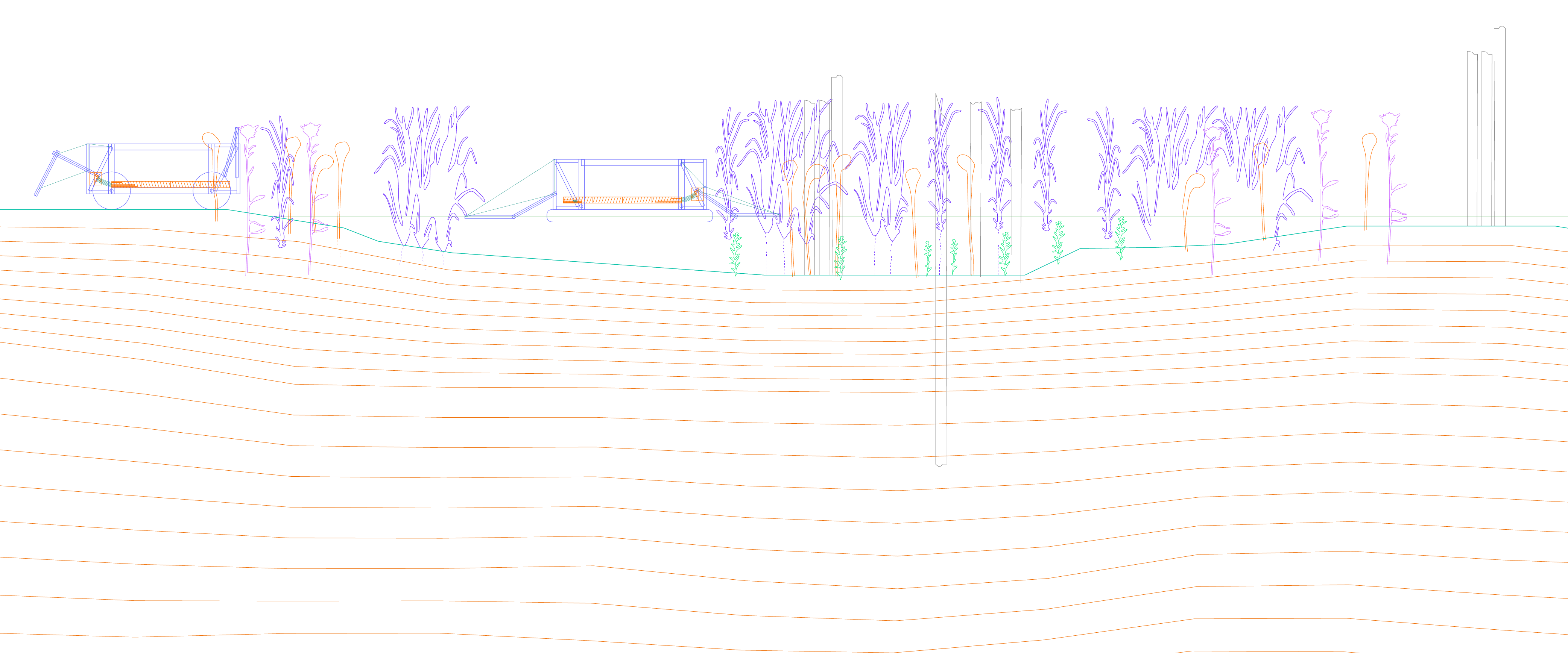
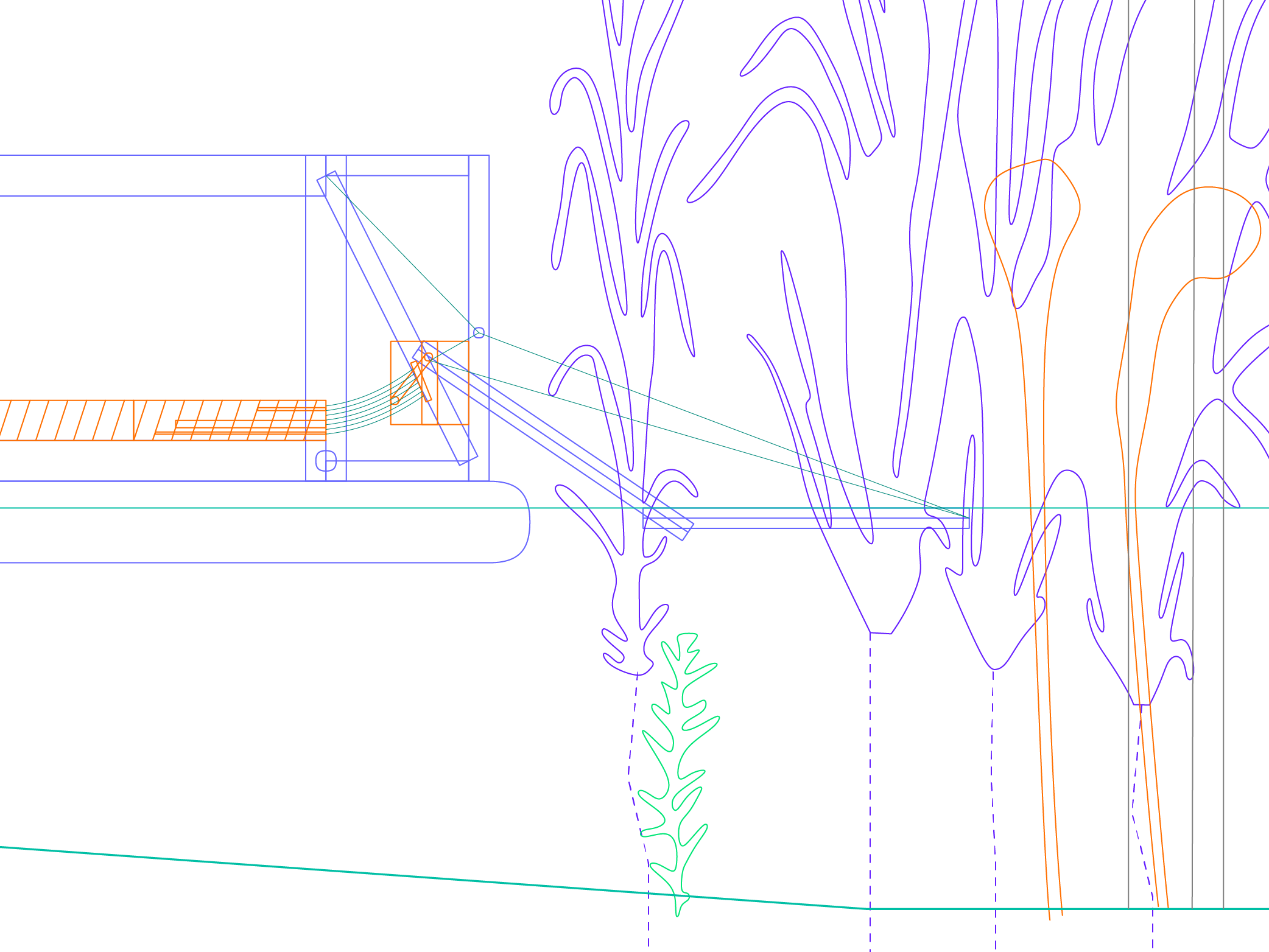
The machine of the forager creates useful disturbances in the now diverse landscape of native and invasive species. It forages for zizania palustris, a wild rice species introduced by accident from the midwest but has proliferated in the new swamps of Vancouver. The machine also forages for other seeds to distribute throughout the land.


Detail of the Machine of the Botanist. a not-yet-exisiting experiment of growing species on timber
The constructions here propose a willful optimism that when machines are liberated from capital, they can and will generate unexpected human worlds. They refrain from romanticizing a return to a technology and destruction-free past, rather, they imagine new assemblages of technology and environment where the machine-ic and technological are enlisted as useful actors for a future of capital degrowth and coexistence.
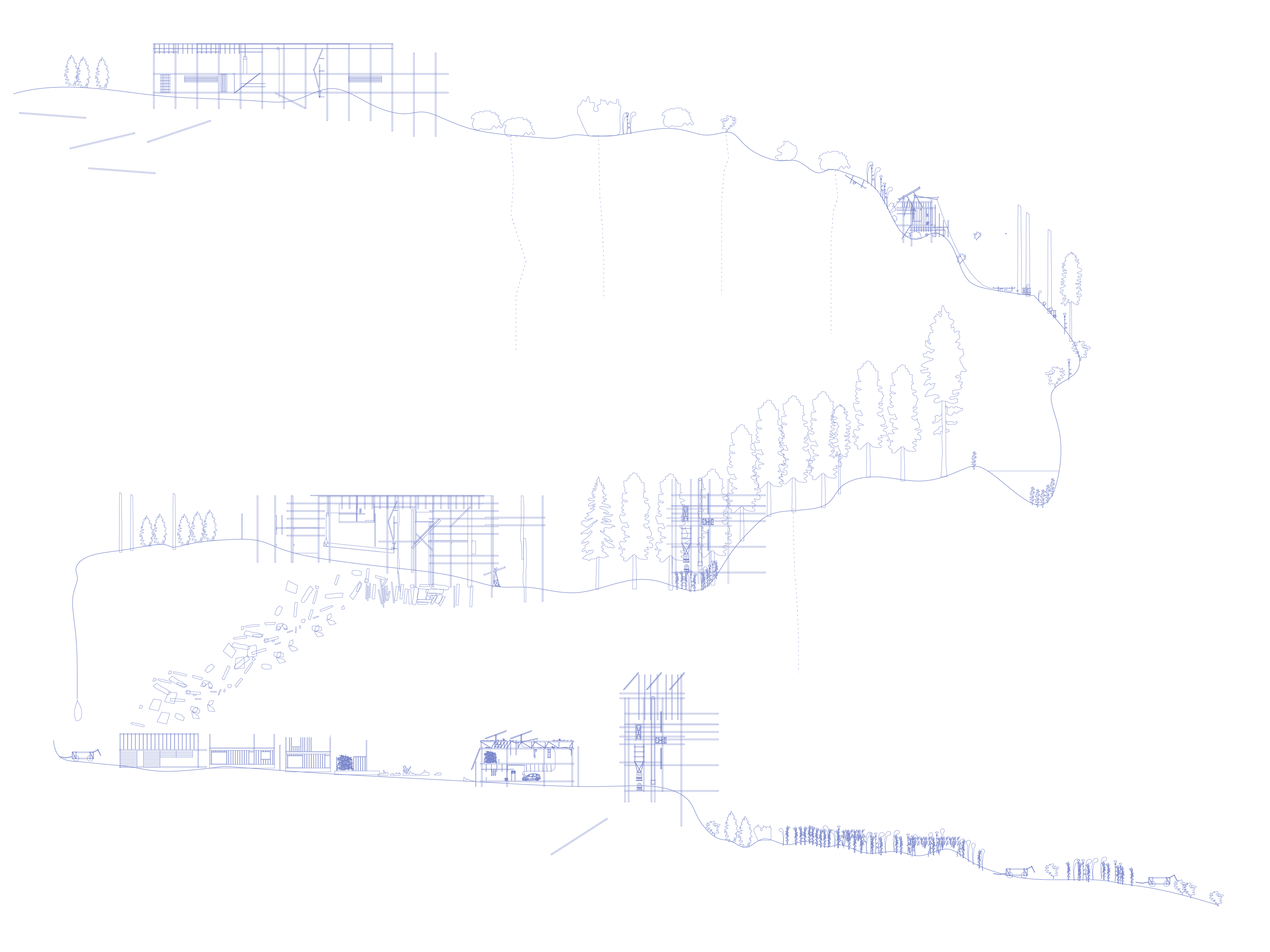
This project and its constructs produce a counter-narrative to the Master Plan, the idea that one solution can fix all. To quote anthropologist Anna Lowenhaupt Tsing, the world we live in continues to be a patchy landscape with unstable boundaries between what is constructed by us and what constructs us. The project denies the dominant discourse that Man had seized control of earth and fundamentally fixed its trajectory in place; We did not get here alone, and certainly, we cannot reconcile with the messes we made alone. My project aims to enlist other actors in the process, and communicate to others that the small steps of technological and environmental collaborations we take are not just impactful, they are essential.
Alternative presentation: https://miro.com/app/board/o9J_ksE9MsA=
Ben Han - 2020 — Vancouver, British Columbia